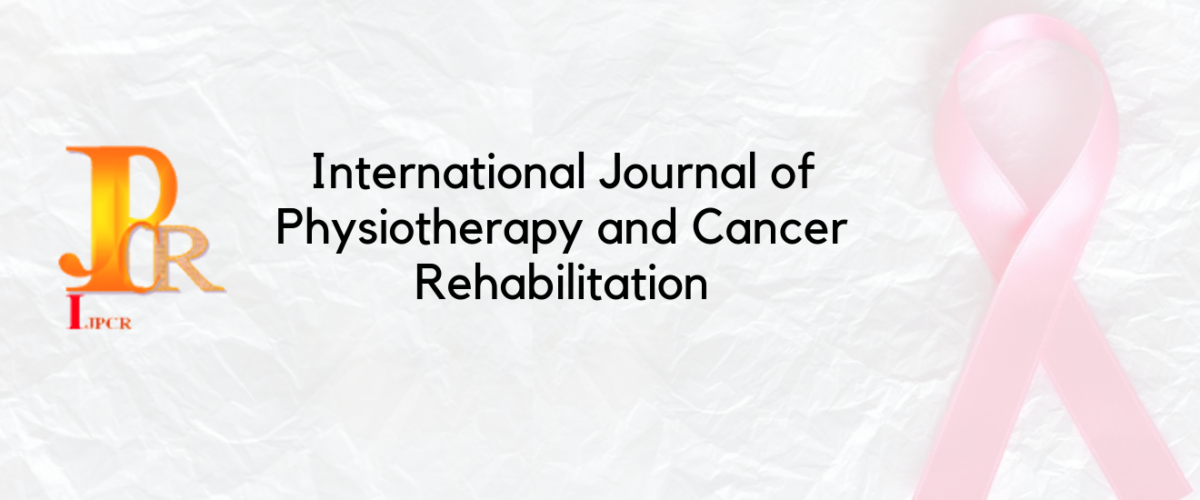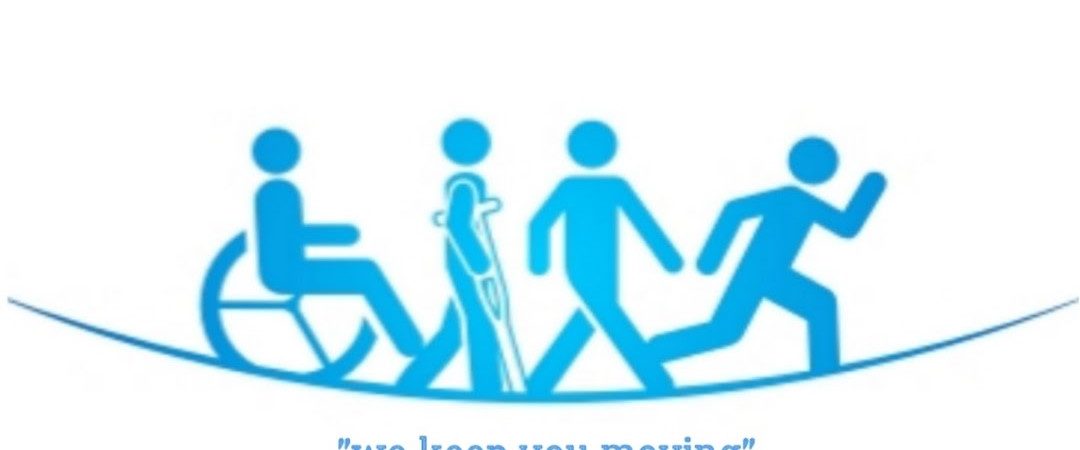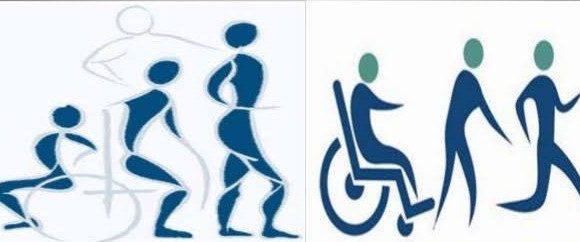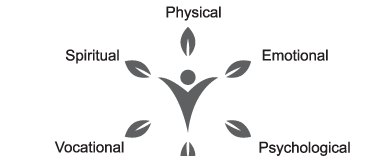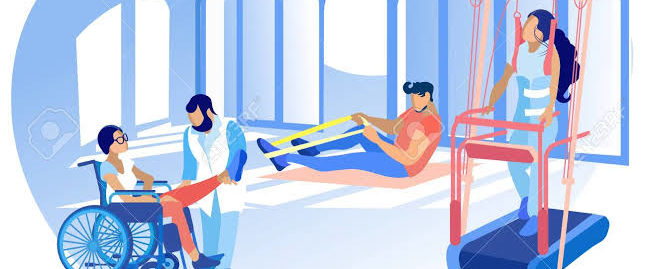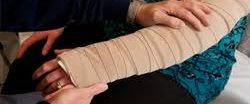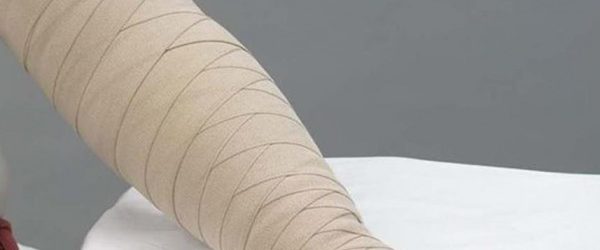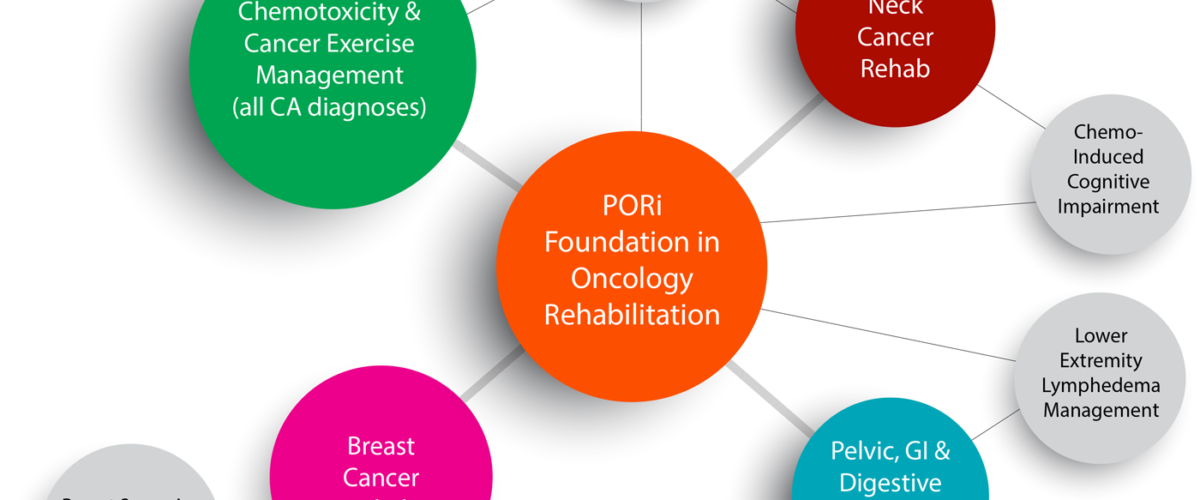HEALING BY RELIEVING MUSCULAR CONGESTION -Dr. Ulrich G. Randoll
Healing by relieving muscular congestion
Dr. Ulrich G. Randoll President/ChiefScientific Officer
Dr. Randoll Institut Nonprofit Organization for Matrix Research and Education Lortzingstraße 26 81241 Munich Germany
Phone: +49 89 76754050 Fax: +49 89 76754051 https://www.dr-randoll-institut.de/ u.randoll@dr-randoll-institut.de
Do you still remember from dental school that muscles constantly vibrate by tensing and relaxing in a specific rhythm? This micro activity activates the musculoskeletal system’s metabolism and prevents illness. If this harmonic and rhythmic metabolism is no longer in balance, it may result in a number of different symptoms. Successful prevention involves an understanding of oral microbiology and the musculoskeletal system—a concept that Dr Ulrich Randoll has combined into a revolutionary new therapy.
The area of liquid around our cells and organs, the extracellular matrix, is a component of the body’s connective tissue, which makes up a large part of our body. That is where collagen fibres are found. Connective tissue is full of nerve pathways, which direct nerve signals. To keep cells healthy, the extracellular liquid depends on the permeability and transportability of this transit space. Illnesses are errors in cell logistics. Cells that have become biologically unbalanced experience congestion and a deceleration in their extracellular matrix. This means that the affected areas of these cells no longer have a sufficient supply. These illnesses or disruptions to the body’s processes lead back to cellular regulation level. Essentially, the wellbeing of each cell depends on its environment. “Pain and loss of mobility ultimately result from problems in cell logistics. This is the tissue crying out for oxygen,” explained doctor and dentist Dr Ulrich Randoll. The cell does not have enough oxygen to create energy. The musculature suffers from a lack of oxygen, meaning it can no longer relax, so it stays constricted and becomes gradually harder. This results in a lack of elasticity and the pressure on the vessels inside the muscles increases. Randoll is the Chief Scientific Officer of the Dr. Randoll Institute, a non-profit organization for research and education, and the medical director of a private clinic. He views biological systems as regulated complex systems constructed by three interacting areas: information, process and structure. Matrix Rhythm Therapy (MaRhyThe) is a systemic biological approach to getting the body back on track, developed by Randoll. It rebalances the tissue and cells by simulating physiological muscle vibrations with a therapeutic device, the patented Matrixmobil, which is a handheld applicator with a swivel head. It moves to and fro at 8– 12Hz, which is the frequency at which muscle cells vibrate. Based on coherent muscle rhythms, it targets the musculoskeletal system using the physiological frequency and amplitude spectrum. This vibration window functions as a pacemaker for the body, as the musculoskeletal system has a major role in transporting liquids in the body and in microcirculation. The entrainment effect is used to gently reactivate cellular processes, flush the cells and readjust the whole system. The oxygen content of tissue and the exchange of nutrients and metabolites are both increased so that cellular supplies are optimised. These magnetic and mechanical vibrations have a variety of uses. They promote circulation, relieve pain, improve oedema, and have become a regular feature in regenerative medicine, including plastic surgery. With MaRhyThe, the therapist can gently target deep tissue painlessly. “Employees and employers are equally relieved, as 70 % less backache and considerably fewer absences have been realised thanks to the preventative use of MaRhyThe,” Randoll stated. What dentists should know When it comes to craniofacial orthopaedics, musculoskeletal, fascial and nerve systems, and
the relationship between muscles, occlusion and pain become therapeutic focal points. “With this holistic approach to dentistry, we see the masticatory apparatus integrated into the complex interplay of body, mind and soul. We pay special attention to musculoskeletal burdens in connection with the occlusion,” said Randoll. “Symptoms affecting the masticatory apparatus can influence the body as a whole, and vice versa.” Randoll previously worked in oral and maxillofacial surgery and trauma surgery at the University of Erlangen-Nürnberg in Germany. Sometimes, the usual clinical therapies would not work for some patients and there were simply no further options for therapy. This encouraged him to develop a new holistic therapeutic method. The result was MaRhyThe, a practice-relevant, systemic biological therapeutic method that has a direct influence on cellular processes: “MaRhyThe achieves deeply effective relaxation, almost a resetting of neuromuscular systems, and should be used as a preventative measure by staff and dentists themselves,” stated Randoll. MaRhyThe has been tried and tested in dental medicine for many years now. “We use the masticatory apparatus to process stress. Preventative changes to the inner structure can be triggered to help relieve stress. MaRhyThe helps tense muscles reset to zero. They can relax again once congestion has been cleared,” explained Dr Hans-Christian May, a dentist and health practitioner in Munich in Germany. MaRhyThe is, therefore, perfect for preventing the development of illnesses, as it counteracts chronic degenerative processes and inflammation and promotes healing. This pleasant and painless treatment does not result in any reactive responses that could cause new tension. Healing is improved, as cellular conditions have been optimised. An interdisciplinary understanding of muscular function One example of this systemic biological tendency is patients with temporomandibular joint dysfunction syndrome (TMD). Success has been achieved in such patients by releasing muscular tension around the cervicothoracic transition at a cellular micro level using MaRhyThe. This inter-organ and interdisciplinary understanding of muscular function is central to treating TMD, as it explains the relationship between cellular neuromuscular micro functions and macro movements. In his Munich-based community practice, May uses MaRhyThe in preparation for splint adjustments and as a complementary treatment during splint therapy, among other things. To establish the static and dynamic positions of the temporomandibular joint, the muscles are relaxed before measurements are taken. “The muscles have to relax to allow for reliable tissue so we can take exact and reproducible measurements,” he said. The splint position should represent the relaxed muscle position from the very beginning. It then works as a kind of reminder. Many patients think that their tension, neck pain and shoulder pain are normal, according to May. By involving osteopathy and manual techniques, even long-term painful cramps and muscle tension can be rapidly improved. This muscle-relaxing therapy is
accompanied by sessions based on hypnotherapy in the spirit of a holistic systemic biological concept. MaRhyThe is not just a contribution to physical therapy, but also combines dentistry and medicine to offer a preventative and curative approach for systemic biological disorders.

